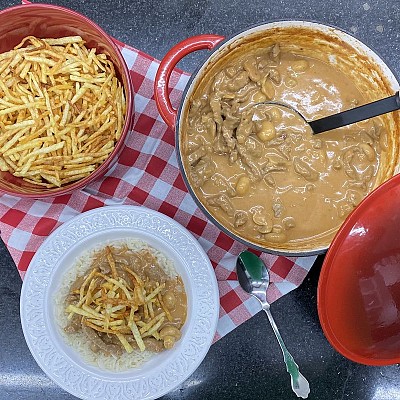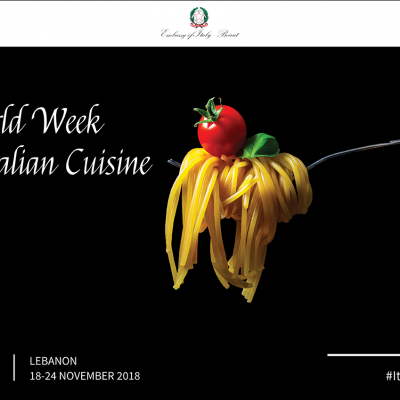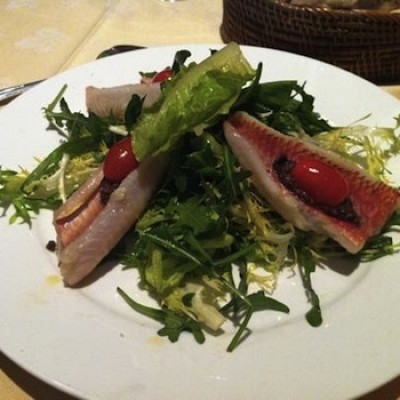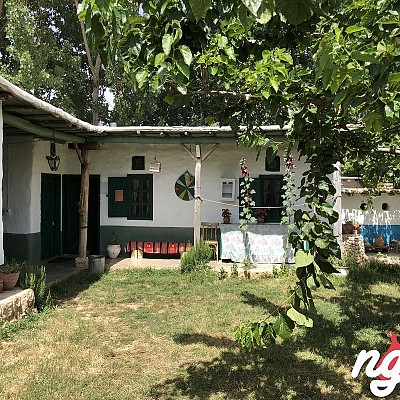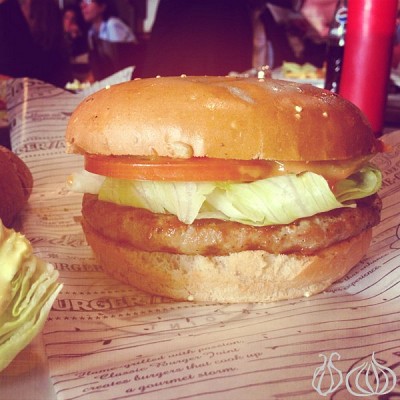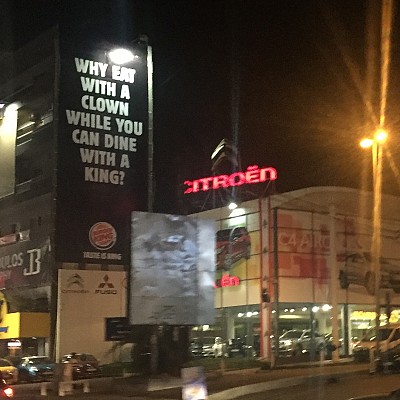Enfeh(Arabic: انفه) or Anfeh, is a town in the Koura district of the North Governorate of Lebanon. Enfeh borders the villages of Chekka, Al-Qalamoun, Barghoun and Zakroun. It is located 65 Kilometers north of Beirut and 15 Kilometers south of Tripoli. Its total area is 4,937,721 m2, and its population is around 6,500.
Today's village of Enfeh is built around the ruins of several short-lived cities going back to the pre-Phoenician period. Natural dwelling caves abound on the surrounding hill of Al-Gheer; the original city lies on a small near-island about half a kilometer into the sea. Its outstanding feature is that it is the only town throughout the eastern coast of the Mediterranean to be carved out of its rocky surroundings. Some of the carvings go all the way back to the Phoenician period, and possibly earlier, as witness to the fact that the name of Enfeh appears in the Tell-Amarna tablets of ancient Egypt;. which were sent by the governors of the coastal Canaanite cities to the Pharaohs of Egypt asking for help in repelling Amoritesintruders (nomad tribes originating from the middle Euphrates region in the North).
Letters written by Rib Addi, the King of Byblos, specifically mention the Canaanite city of Enfeh (called “Ampi” in the letters) and state that Enfeh, after being occupied by the Amorites, fought with the Amorites against Byblos. Enfeh was conquered by the Assyrian army in the 7th century B.C., when it was known as "Anpa". The remains of subsequent settlements include dwelling caves, places of worship, cisterns, water tanks and wine presses, as well as steps and roads all carved in the rock. One ancient quarry, known as the Great Trench, was used by the Phoenicians as a dry dock; The Phoenicians used the place as a shipyard for the construction of their vessels, as it was a strategic point on the mediterranean coast.

































